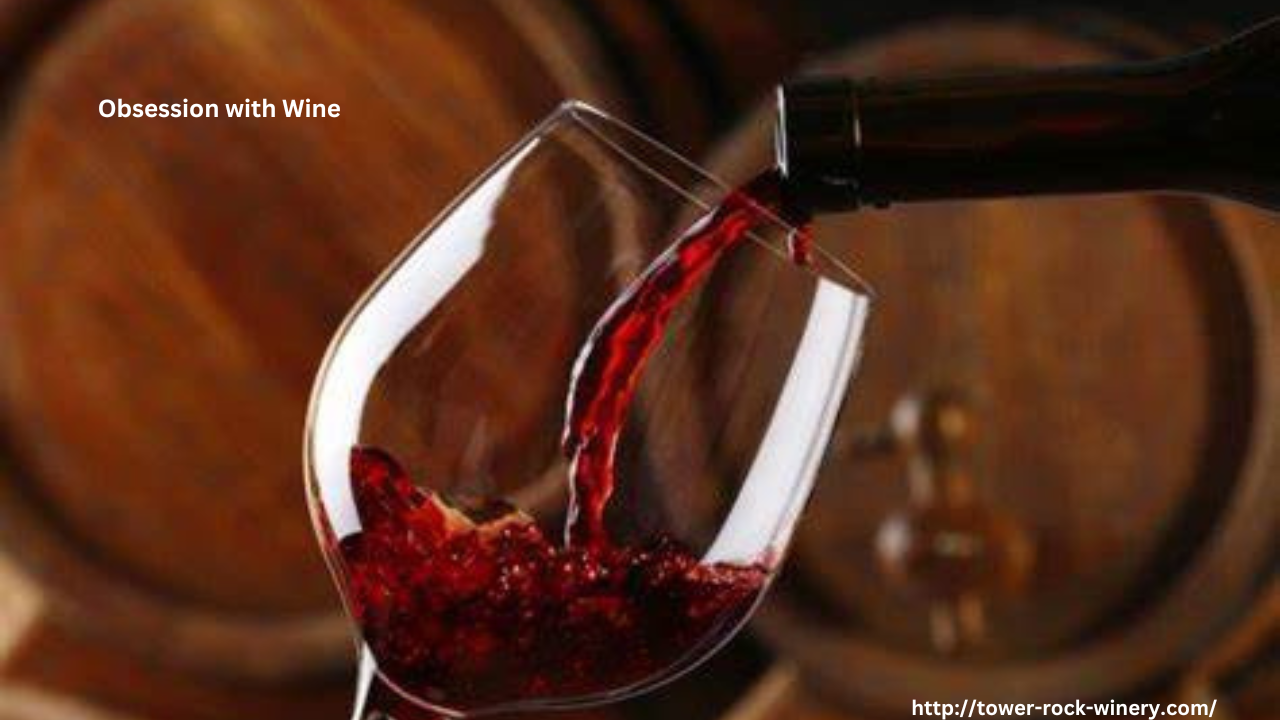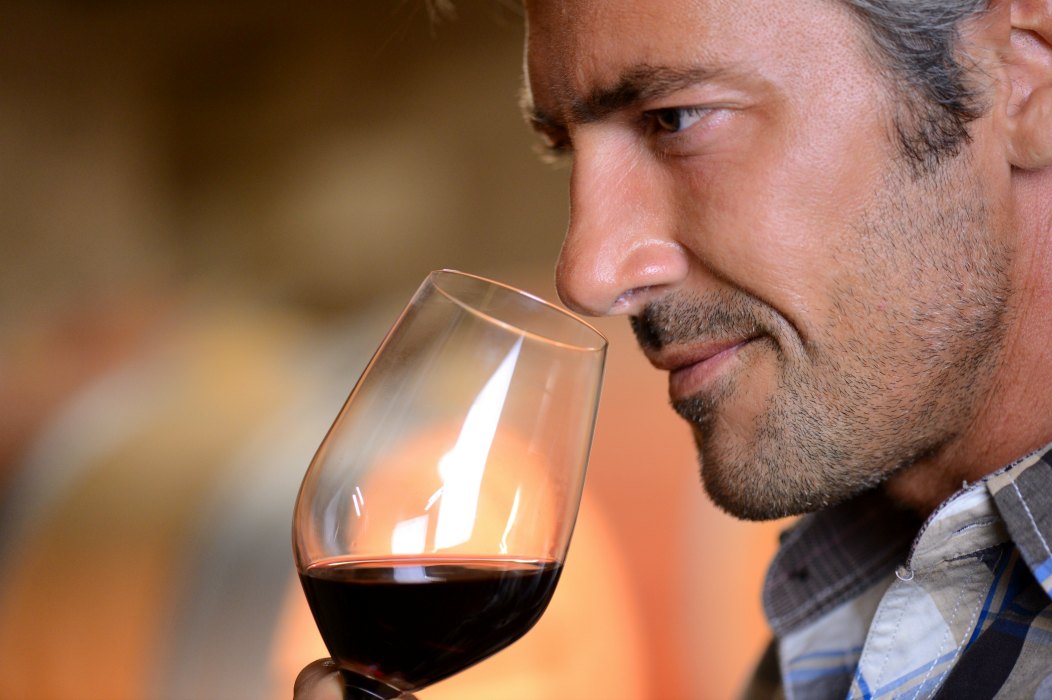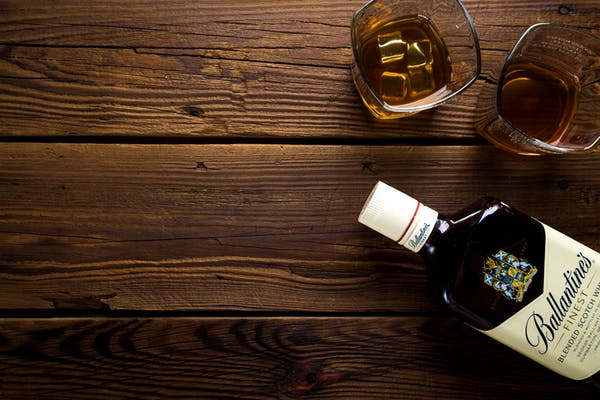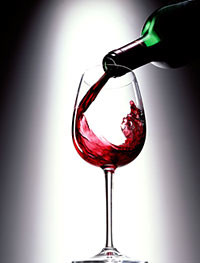 Wine appreciation is a pastime enjoyed by millions, offering an exploration of flavors, histories, and traditions. For enthusiasts, each bottle offers a new experience—a sensory journey that is both intellectual and social. Yet, as with any passion, there’s a risk that the love of wine can tip into dependency, leading to negative consequences for both health and well-being. For wine enthusiasts, maintaining a balance between their passion for wine and their physical and emotional health is key to avoiding the pitfalls of overindulgence and dependency.
Wine appreciation is a pastime enjoyed by millions, offering an exploration of flavors, histories, and traditions. For enthusiasts, each bottle offers a new experience—a sensory journey that is both intellectual and social. Yet, as with any passion, there’s a risk that the love of wine can tip into dependency, leading to negative consequences for both health and well-being. For wine enthusiasts, maintaining a balance between their passion for wine and their physical and emotional health is key to avoiding the pitfalls of overindulgence and dependency.
The Allure of Wine Enthusiasm
Wine connoisseurship is often seen as a refined hobby that invites people into the world of craftsmanship, culture, and art. Enthusiasts delight in tasting different varietals, learning about terroir, and understanding the complexities of aging. For some, this passion leads to collecting rare bottles, attending tastings, or visiting vineyards to deepen their knowledge and experience.
There’s also a social aspect to wine appreciation. Whether shared with friends over dinner or enjoyed at exclusive wine events, wine offers opportunities for connection and conversation. All these aspects of wine appreciation can add richness to life, creating memories and building community.
The Slippery Slope: When Passion Turns into Dependency
While wine can be a delightful and fulfilling hobby, it’s important to recognize the signs when passion veers toward dependency. Wine dependence doesn’t always develop overnight. It often begins subtly—an occasional glass becomes a nightly habit, a casual purchase turns into an obsession with rare bottles, and social drinking shifts into solitary consumption.
A major issue with wine dependence is that it doesn’t always have the same obvious signs of abuse as other substances. Wine is often celebrated as a symbol of refinement and culture, making it easy for enthusiasts to justify excessive consumption. But, when wine moves from a source of pleasure to a coping mechanism for stress or emotional discomfort, the balance begins to tip.
Recognizing the Risks
To avoid the pitfalls of wine dependence, it’s essential to be aware of the risks. Key signs that wine appreciation may be turning into dependency include:
-
Increased Consumption – Drinking more wine than intended, or consuming it daily.
-
Drinking for Emotional Relief – Using wine as a way to cope with stress, anxiety, or depression rather than enjoying it as a simple pleasure.
-
Neglecting Other Interests – Focusing exclusively on wine-related activities to the detriment of other hobbies or relationships.
-
Prioritizing Wine Over Responsibilities – Allowing wine consumption to interfere with work, family obligations, or social interactions.
-
Physical or Mental Health Consequences – Experiencing negative effects like fatigue, mood swings, or health problems but continuing to drink excessively.
These behaviors often indicate a shift from a balanced, enjoyable relationship with wine to one that could harm both health and well-being.
Maintaining Balance and Health
Balancing wine enthusiasm with good health is entirely possible, but it requires self-awareness and intentional boundaries. Here are some tips for maintaining this balance:
-
Set Limits – Establish clear guidelines for your wine consumption. For example, only drink wine on weekends or during special occasions.
-
Mindful Consumption – Pay attention to how much wine you’re consuming and how it makes you feel. Avoid using wine as a crutch for emotional regulation.
-
Diversify Hobbies – Make sure that wine isn’t the sole focus of your leisure time. Engage in other activities, like sports, cooking, or reading, to maintain a well-rounded lifestyle.
-
Social Drinking – Enjoy wine with others in social settings, and avoid drinking alone.
-
Take Breaks – Have alcohol-free days or weeks to reset your relationship with wine and ensure that drinking doesn’t become a habit.
For those who feel they may be developing an unhealthy reliance on wine, seeking professional support is important. Therapy, support groups, or alcohol moderation programs can help individuals regain control and develop healthier drinking habits.
Conclusion
Wine connoisseurship can be an immensely rewarding hobby when approached with mindfulness and balance. However, like any passion, it’s important to stay aware of the potential risks of overindulgence. By setting boundaries, diversifying interests, and practicing moderation, wine enthusiasts can continue to enjoy their passion without crossing the line into dependency. In this way, the joy of wine remains a celebration of culture, flavor, and community, rather than a source of harm.







